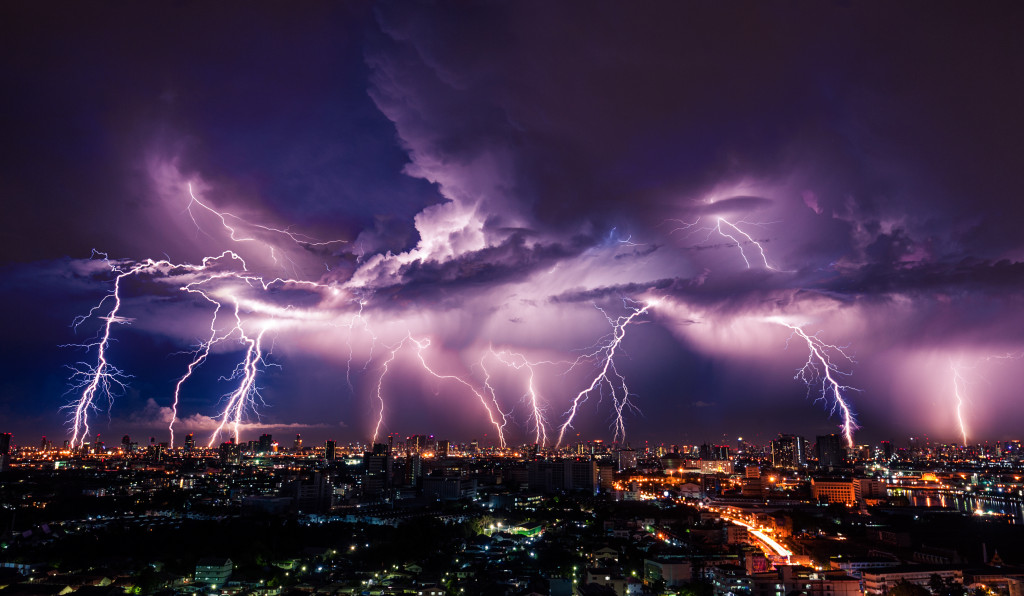- Storms present significant business risks, including property damage, interruption, and supply chain disruptions.
- Employee absences and increased insurance premiums post-storm can significantly affect a business’s financial health.
- Proactive measures like storm-proof infrastructure and a disaster recovery plan can help mitigate storm impact.
- Businesses should have alternative suppliers, data backups, and guidelines for employee safety during storms.
- Preparedness, resilience, and rapid recovery are key to managing storms, helping businesses emerge stronger.
As a business owner or entrepreneur, you always consider the bottom line. You want to keep your costs as low as possible, maximize profits, and invest in your business’s growth. However, natural disasters like storms can bring unforeseen expenses that hurt your business’s finances. Here’s what you need to know about storms, how they can cost your business, and proactive tips to prevent these costs.
Storms in The U.S.
About 14 named storms, seven hurricanes, are estimated to form in the Atlantic Ocean every year. Since there’s no way to completely prevent storms from forming, it’s essential to be aware and prepare for their potential impact. Many areas across the U.S., including coastal regions and cities prone to flooding, can be affected by storms ranging from mild thunderstorms to more severe tropical cyclones.
1. Property Damage
Storms cost the country billions of dollars annually. A severe storm can damage your business’s physical location, from blown-out windows to roofs caving in. The cost of repairs or rebuilding can be staggering. If your business is in a high-risk area for storms, preparing with storm-proof windows, strong roofs, and secure construction is essential.

2. Business Interruption
Storms can interrupt your business’s operations, leading to lost productivity and revenue. For example, if your business relies on electricity, a power outage caused by a storm can bring your operations to a halt. The cost of lost productivity during interruptions and restarting your business can be high. Creating a disaster recovery plan that includes backup generators, alternative work arrangements, and remote access to critical data is essential.
3. Supply Chain Disruptions
A storm can disrupt your business’s supply chain systems, causing shortages of essential materials or delivery delays. This can lead to significant delays in fulfilling orders, lost sales, and frustrated customers. Having alternative suppliers or creating a safe stock of materials can help prevent loss of revenue due to supply chain disruptions.
4. Employee Absences
A severe storm can also cause employees to miss work due to power outages, transportation disruptions, or emergencies. Lost productivity from employee absences can impact your business’s finances. It is important to create guidelines for employee safety during a storm and establish alternative work arrangements to maintain productivity levels during the storm or its aftermath.
5. Insurance Premiums
After a storm, your business may face increased insurance premiums due to property damage or business interruption. This can be a significant cost for small businesses, especially those struggling with recovery efforts. Reviewing your insurance policy and understanding the procedures for filing a claim is essential.
Proactive Tips to Prepare Your Business Against a Storm
If a storm is about to hit your area, or you’re in a location prone to storms, follow these four tips.
Control Stormwater Near Your Area
Stormwater is the leading reason for floods. A flood near your business can be devastating. Inspecting the local area for possible water sources and clearing drains near your business property is essential. Check local laws, such as FEMA regulations, to ensure you are not violating any codes. Additionally, consider having a stormwater management plan. The plan can help you and your staff identify ways to control flooding during storms.

Prepare Your Property for Strong Winds
High winds can be a significant threat to your business. Check the condition of your building’s roof, windows, and walls. Strengthen them if they are weak or need repair. You may also consider installing storm shutters and boards over windows for extra protection.
Backup Important Data
In case of a power outage, having a backup system is essential. Consider backing up your business data on the cloud or an external hard drive. Make sure to back up data regularly to access the information if needed. Additionally, make copies of any important documents and store them in a secure but accessible location.
Have an Emergency Plan
Your business should have a detailed emergency plan that covers how to respond and recover after a storm. This may include procedures for evacuating the building, securing hardware or documents, and setting up alternative work arrangements. Make sure all employees are familiar with your emergency plan so they can take action if needed.
Storms present a significant risk to businesses, particularly those in storm-prone regions. The potential damage can be financially devastating, but with careful planning and proactive measures, businesses can minimize the impact. Ensuring physical safety and protecting financial stability are all critical aspects of storm preparedness. By investing in storm-proof measures, businesses can weather the storm and emerge stronger on the other side. Remember, the key to successful storm management lies in preparedness, resilience, and rapid recovery.




